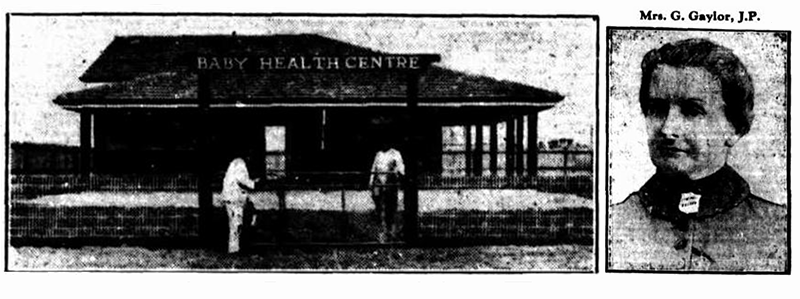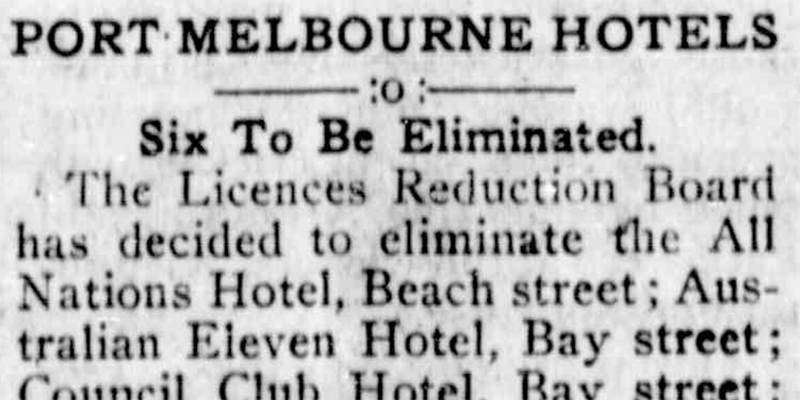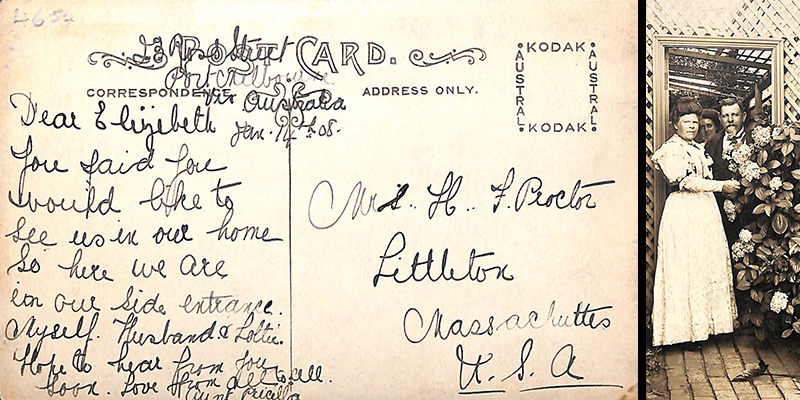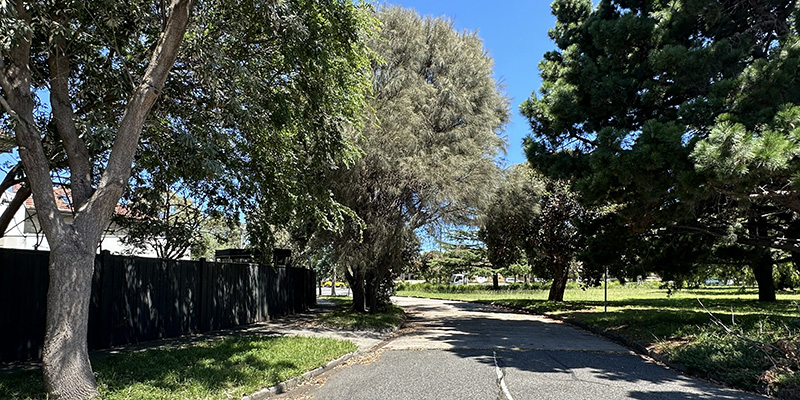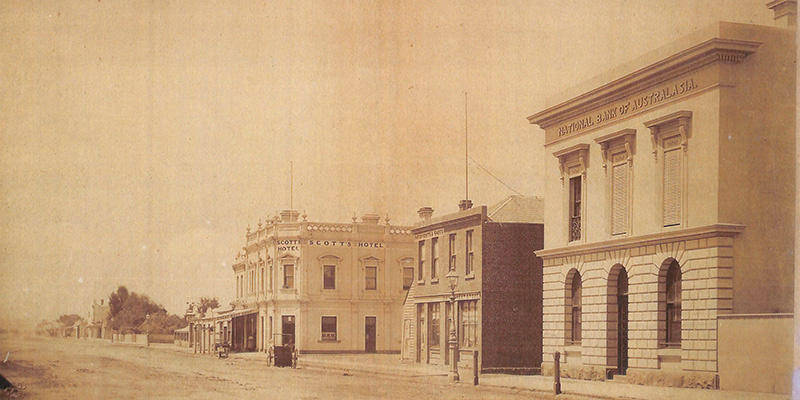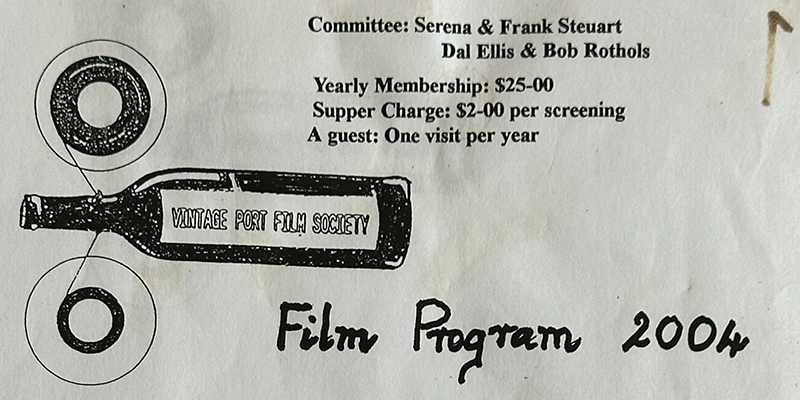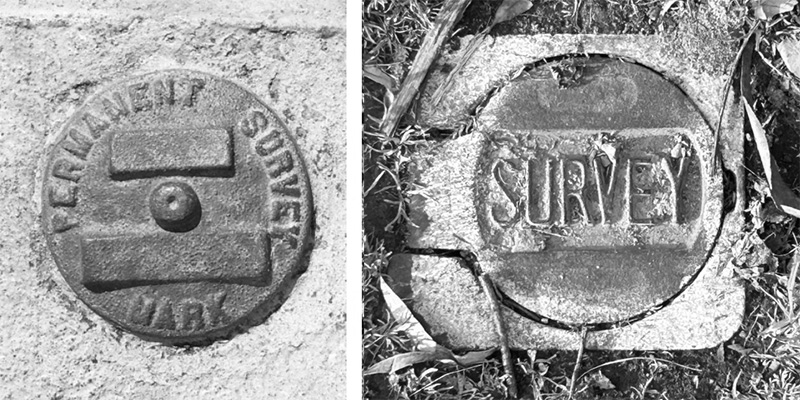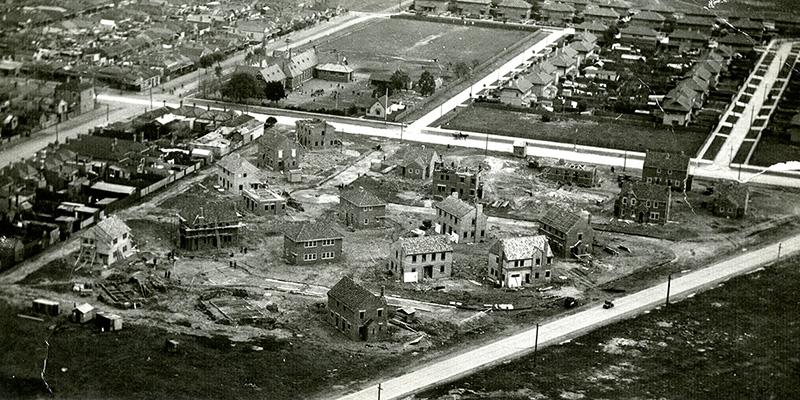The Record, 21 May 1932, p5
The title for this article comes from a report in The Record on 21 May 1932 marking Mrs Grace Ada Gaylor’s 65th birthday two days earlier. The story concludes by saying Mrs Grace Gaylor “is beloved by all, and is everybody’s friend irrespective of class or creed”.[1]
We could just as easily used “a friend of the poor”…
